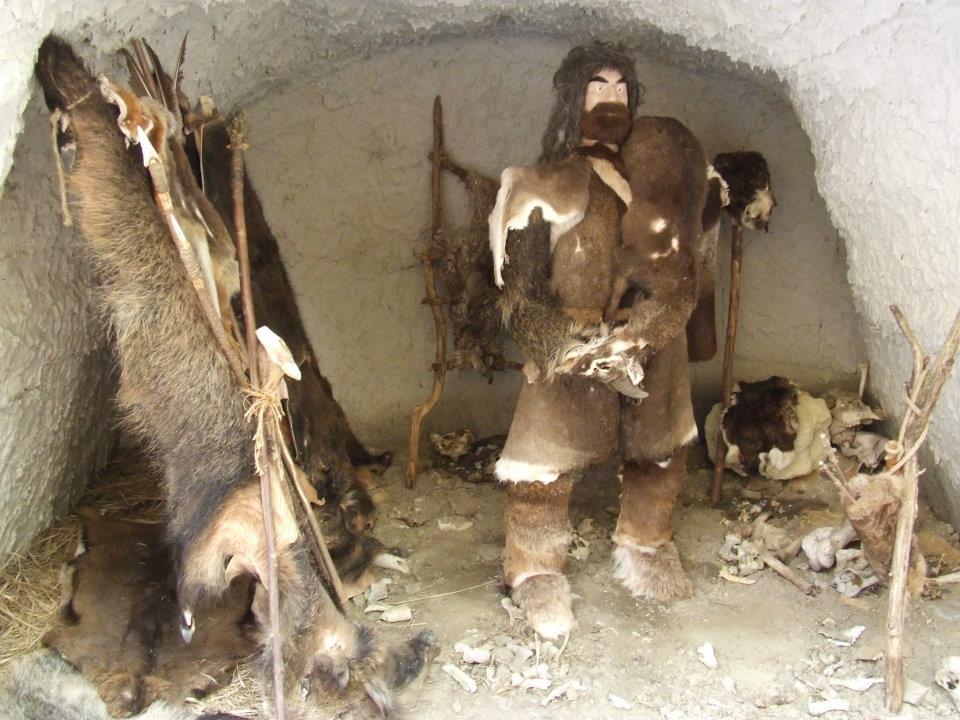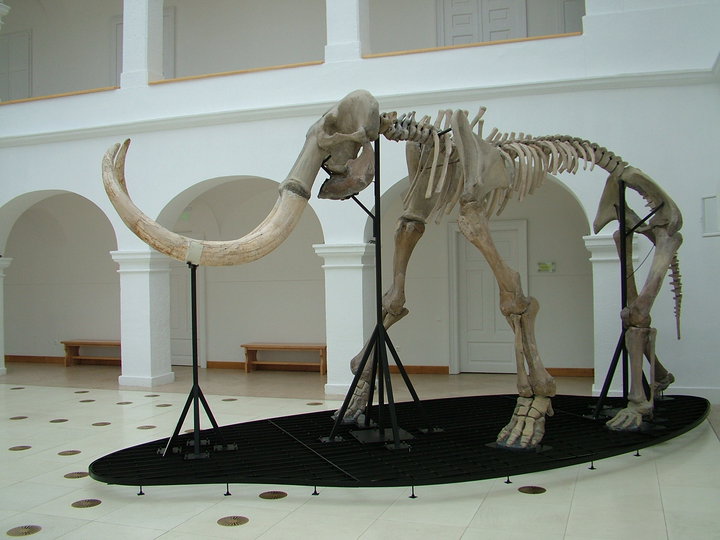Three fascinating places in Hungary with prehistoric fossils

If there is a Ross Geller somewhere in you, and you have a fascination for prehistoric fossils, look no further! There are three unique places for you in Hungary: Ipolytarnóc, Szilvásvárad, and Gyöngyös.
Femina collected three fascinating places you can visit in Hungary if you are interested in prehistoric fossils.
The Prehistoric Pompeii in Ipolytarnóc
Ipolytarnóc is located in Nógrád county, Hungary, and it is well-known worldwide in palaeontology circles. It is only 140 km from Budapest, located close to the Slovakian border.
What can you see here?
- seaside sand interspersed with shark’s teeth
- huge, petrified trees from a subtropical jungle
- leaf impressions of exotic plants
- footprints of monsters
- remains caked together in the hot flow of volcanic tuff
17-million-year-old fossils were found here. A volcanic catastrophe destroyed the environment of ancient Ipolytarnóc 20 million years ago. The grey volcanic rock (rhyolite tuff) demolished the paleohabitat. However, it contains the charred remnants of the ancient vegetation. It is also called the Prehistoric Pompeii.
The renowned nature conservation area got protection status in 1944. In front of the Visitor Centre, there is a seven million-year-old white cypress and redwood-relative fossil tree trunk, rescued from the Bükkábrány lignite open-pit mine.

Archeopark in Szilvásvárad
Ever wondered how cavemen and cavewomen lived? Here in the archeopark, you can get a glimpse of how our predecessors lived millions of years ago. The park awaits you with many activities, so it is ideal to visit with children who like to learn by practice. Apart from the caves, you can also check out a Celtic log cabin, Scythian yurt, and a Neolithic grass hut.

Natural History Exhibition at Mátra Museum, Gyöngyös
The Mátra Museum houses a special Palaeontology and Petrology collection for fossil enthusiasts. Visitors can take a look at many million-year-old fossils. The museum has a unique mammoth skeleton, which is the only one in the country that is almost entirely intact.

The natural science pavilion opened in 2009, home to the Mátra Museum’s natural history exhibition, which is Hungary’s second-largest natural science collection. The three-storey exhibit has a floor area of approximately 1,200 square meters. In the centre, there is a 15-meters-high oak that connects the floors of the exhibition, symbolising the levels of wildlife. Going up, the fauna and flora of the root level, the shrub level and finally, the canopy level welcome and embrace the visitors.
Source: www.femina.hu







